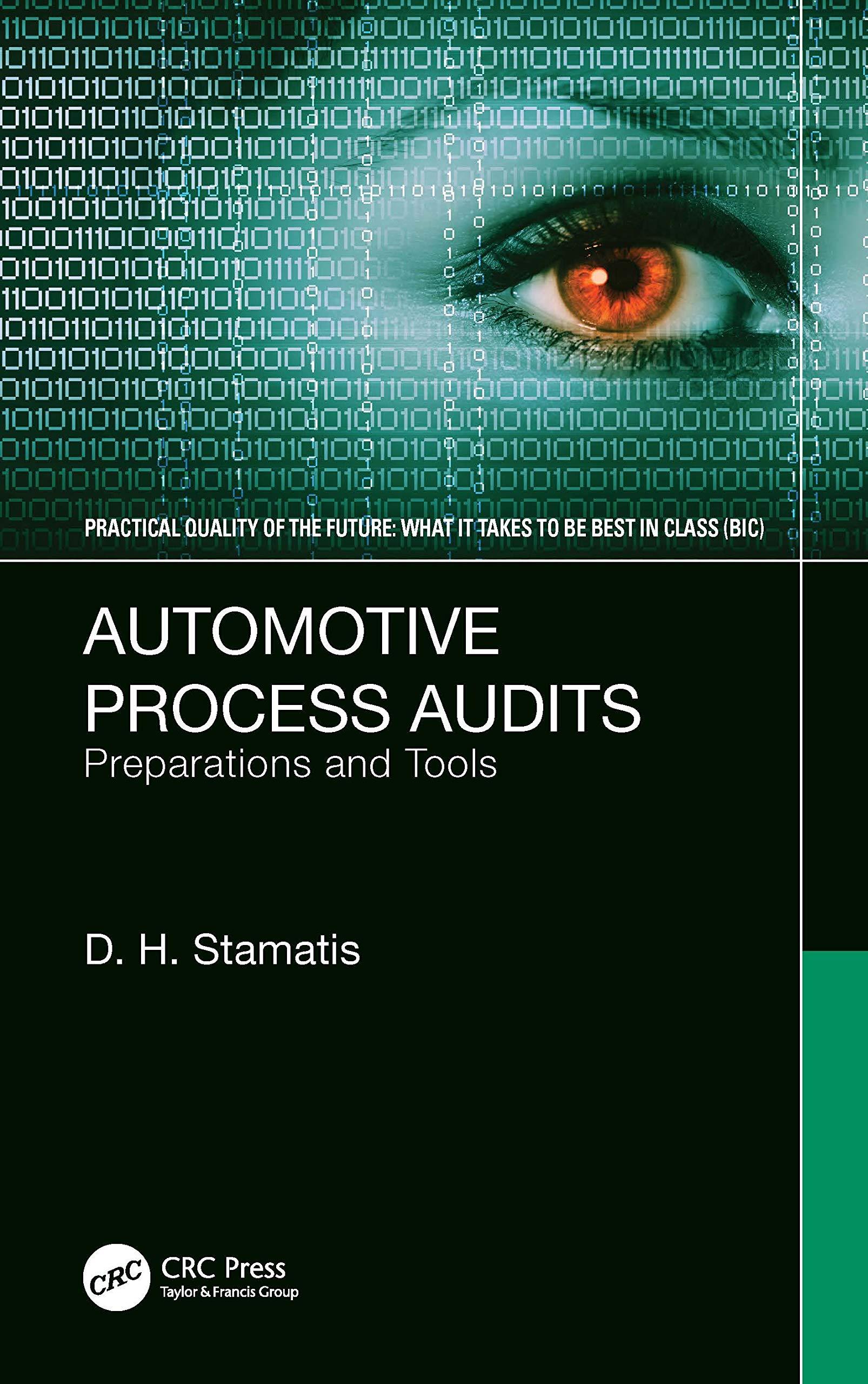Question
This problem studies consumption and saving in a simple two-period life cycle model. In the 1st period, a person is young and in the 2
This problem studies consumption and saving in a simple two-period life cycle model. In the 1st period, a person is young and in the 2nd period, they are old. Young people work and earn income, while old people do not work and live off of savings. Each individuals utility function is U(C)=[(Cy)^(1/2)]+[(Co)^(1/2)], where Cy is consumption when young and Co is consumption when old.
A) Individuals maximize the utility function above subject to the following constraints:
1. Consumption when young plus saving equals income when young:
Cy+s=w
2. When old, the individual does not work but consumes out of accumulated savings, which grew at rate r.
Co=(1+r)s
Show that we can write the two constraints above as:
Cy+[1/(1+r)]*Co=w
Note that this expression resembles a budget constraint over two goods, with the price of consumption while young equal to 1 and the price of consumption while old equal to 1/(1+r). For this reason sometimes we call expressions like this the lifetime budget constraint.
B) Solve this problem like you would solve any other two good model with prices 1 and 1/(1+r), setting the ratio of these two prices to the marginal rate of substitution. Find the fraction of their income that the consumer consumes while young versus saves, i.e. find Cy/w and s/w. Explain intuitively why the savings rate is increasing in r. Supposing r=0.2, find the workers savings rate while young numerically.
C) Continuing to assume r=0.2, suppose government government required that every individual save 10% of their salary in a special type of pension account. Suppose the special account has the same rate of return as the rate of return in the original decision problem, i.e. r=0.2. How would the mandatory saving affect the individuals overall savings rate?
D) Building on your answer to part c, explain intuitively why this type of model predicts that both mandatory saving and tax incentives to save in particular types of retirement accounts should cause substantial crowding out.
Step by Step Solution
There are 3 Steps involved in it
Step: 1

Get Instant Access to Expert-Tailored Solutions
See step-by-step solutions with expert insights and AI powered tools for academic success
Step: 2

Step: 3

Ace Your Homework with AI
Get the answers you need in no time with our AI-driven, step-by-step assistance
Get Started


